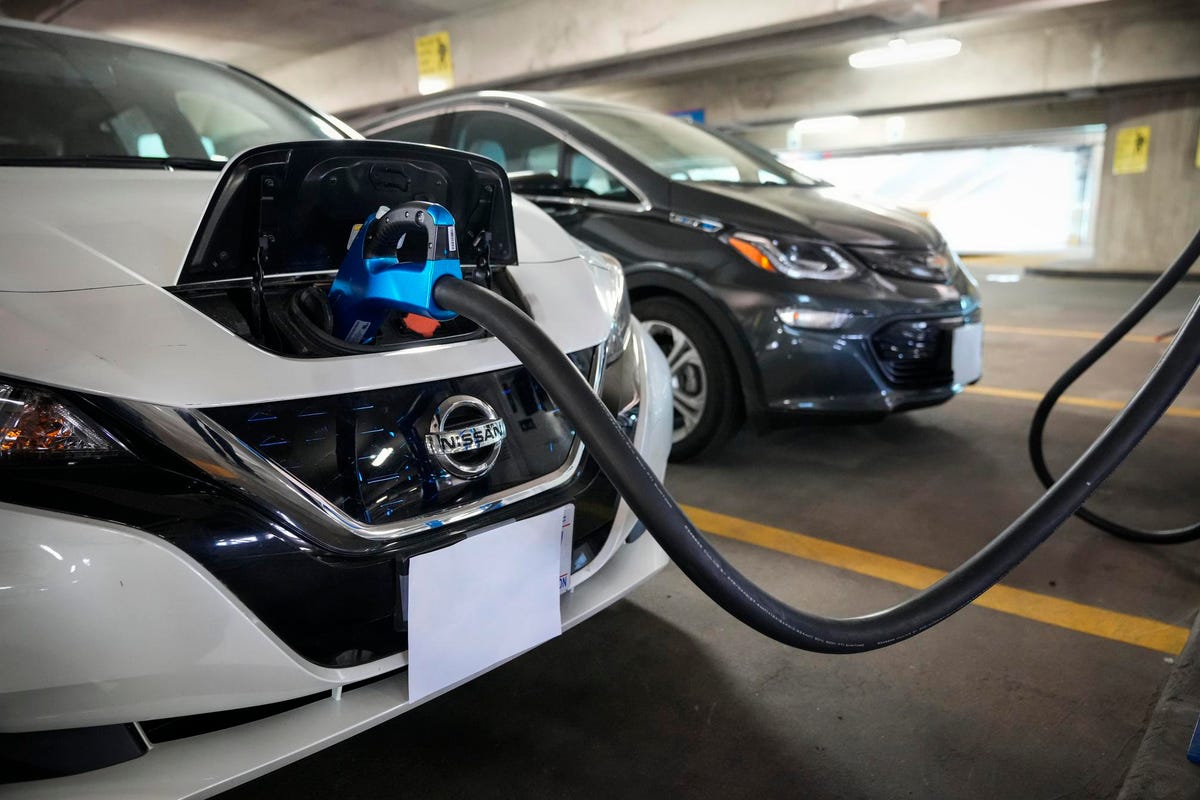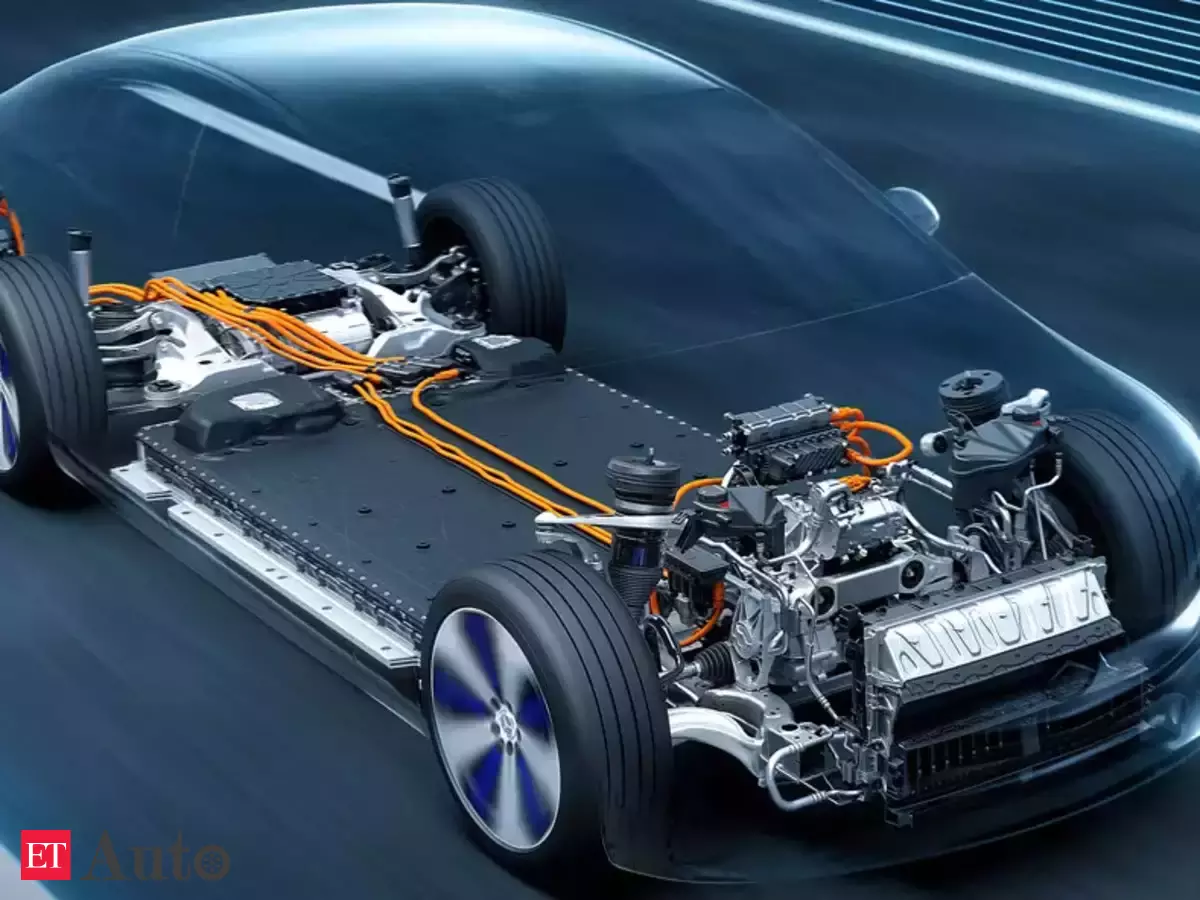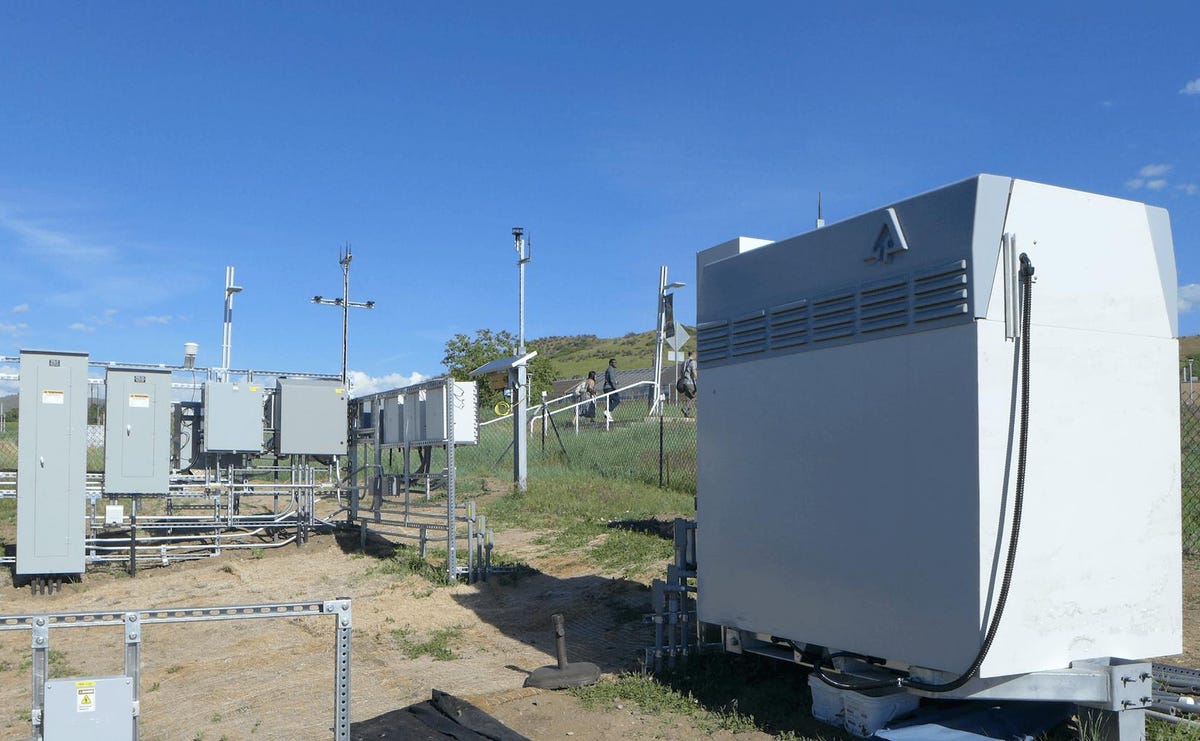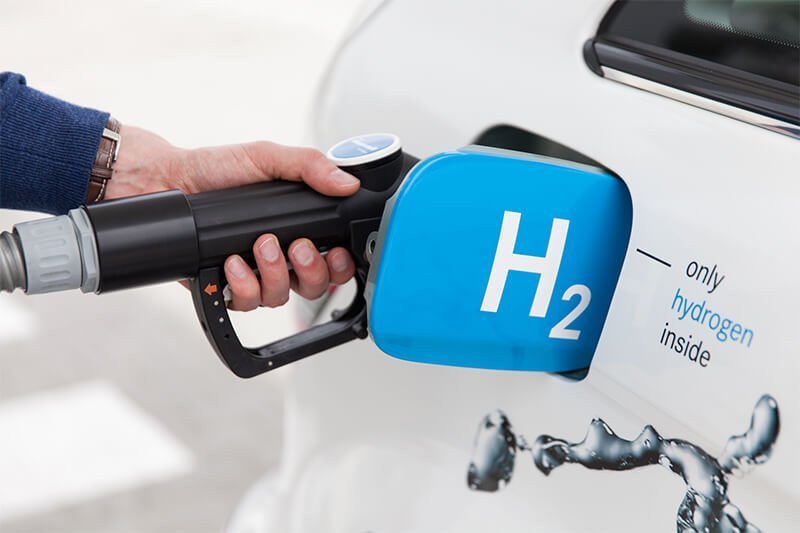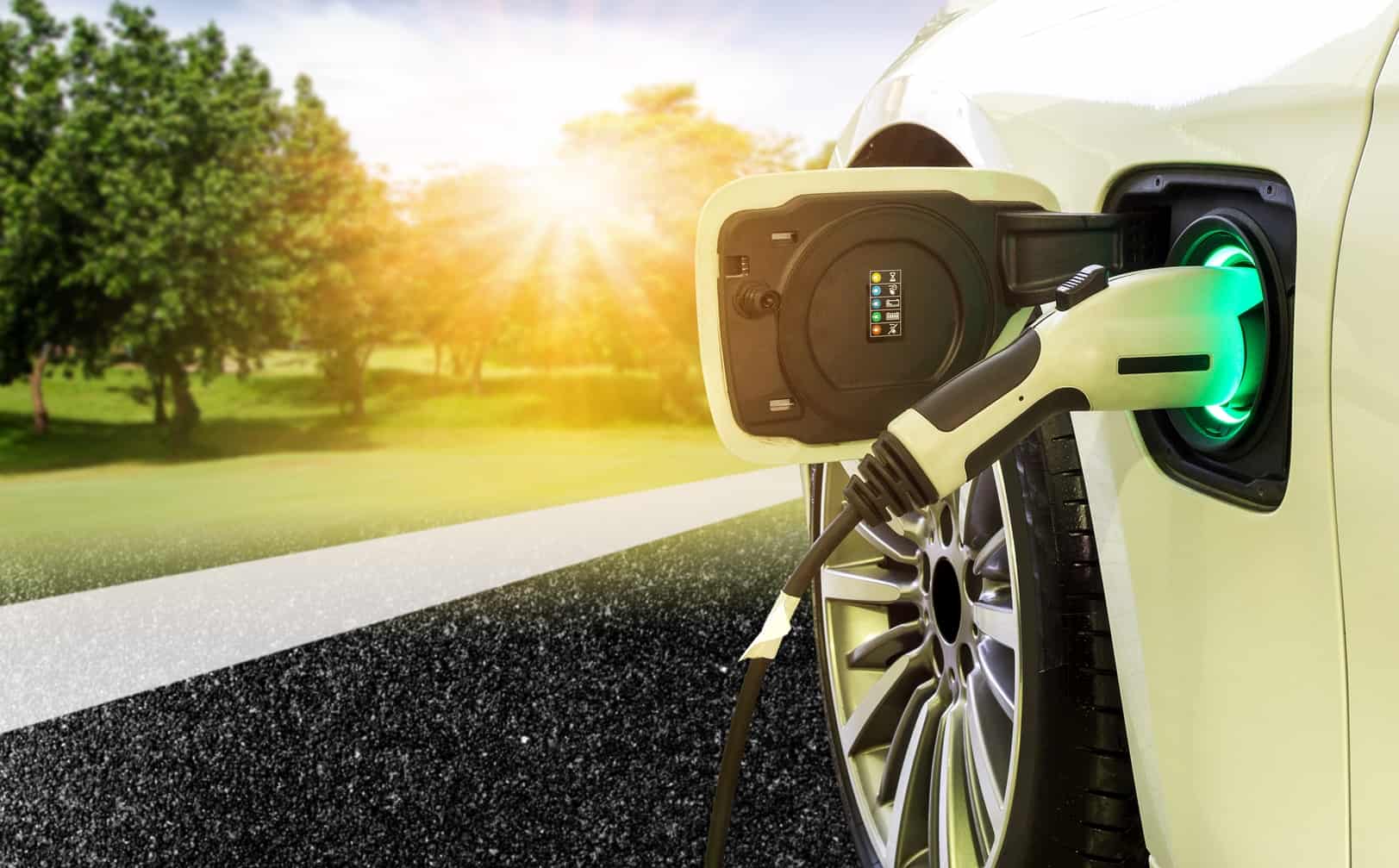Smart Transportation- The Future of Mobility is Here!
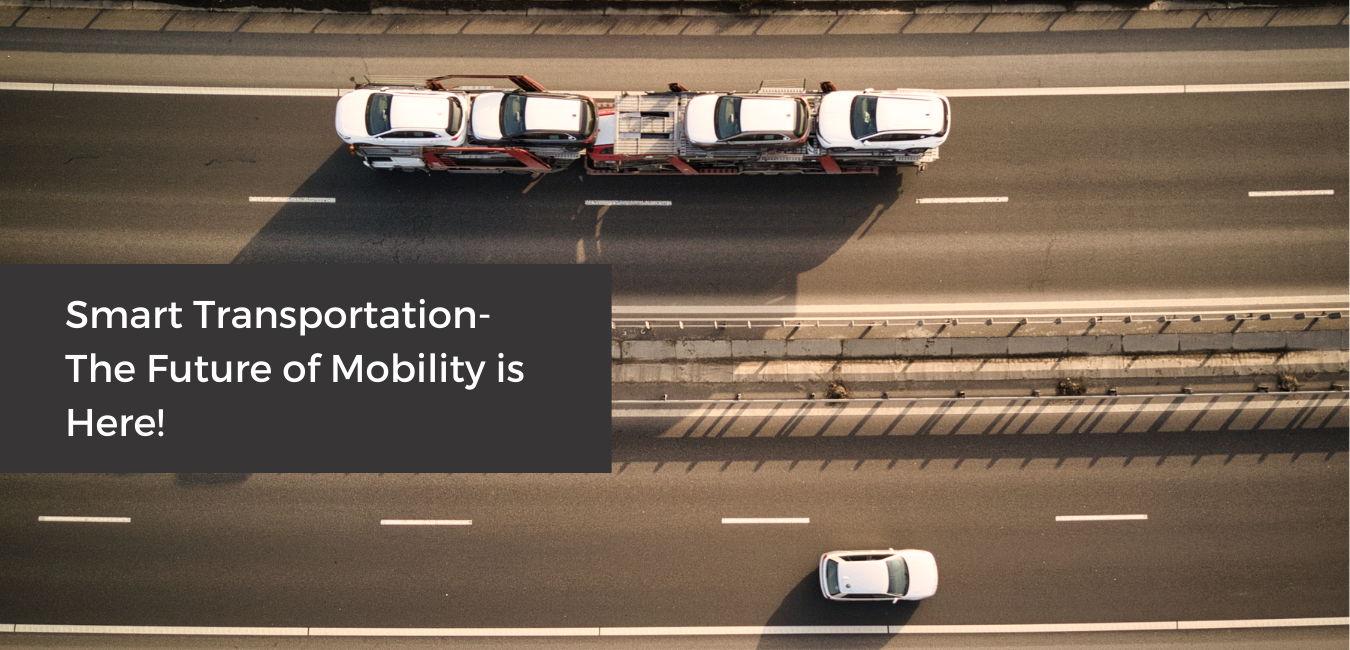
The word “smart” isn’t only about intelligent individuals. Instead, everyday things in our lives like lighting systems, digital wearables, and mobile applications are readily becoming “smart” every passing year.
The concept came into existence in the early 2000s when smart homes, home automation began to increase in popularity. It suddenly became an affordable option and, therefore, viable technology for consumers.
With the changing technological landscapes, these big chances also promised improved transportation in every form. The rising issues related to congestion rates are pushing the need for an improved transportation system. Surprisingly, many studies and surveys value the global intelligent transportation system at more than $25 billion.
Are you still thinking about how smart and transportation are related? Let’s talk about that before.
Smart Transportation: What is it?
It refers to a perfect amalgamation of technology and management strategies into transportation systems. In fact, you are probably using it already without you even knowing it. Don’t you find it convincing? Let’s take different examples to prove this.
- Navigation: This system uses satellite navigation to provide you with data related to your current position.
- Traffic signal controls: Authorities are adopting newer control systems to respond to the current circumstances and adjust accordingly. So, if you are driving during rush hour and seeing green to home, it is because the dynamic signals are changing to maintain the traffic flow.
- Number plate recognition: This system uses character recognition features to detect or read registration plates. They are often used by law enforcement authorities to find vehicle locations or for electronic toll collection.
- Speed cameras: They use detectors embedded in the road or radar technology to spot vehicles running at a higher speed limit. This is helping with safer driving practices.
But with the changing technology and evolving digital landscapes, smart transportation isn’t limited to these examples. More applications are coming up in the market to integrate live data and improve the future of transportation.
For instance, one could use the advancements for:
- Finding the best route in real-time.
- Alerting drivers of any potentially hazardous situations.
- Making public transportation convenient and reliable.
- Adjusting speed and signals on a real-time basis.
Smart Transportation: What’s Happening Around The World?
Do you want to know about how technological advancements are transforming the transportation system on an everyday basis? Look at the examples below:
City sensors in Dublin
The city has implemented a city-wide sensor system that allows people to move around with ease and comfort. They collect the data from bus timetables, traffic detectors, CCTV, GPS updates every 20 seconds.
So, the operators can easily manage the traffic in real-time. Thus, enabling them to manage traffic easily.
The automatic fare collection gates integrated with cards
Although such cards like “Oyster card in London, Opal Card in Sydney” are pretty popular already, they are still a technological advancement that allows people to make their way quickly through a busy train station.
Application to make rides safer in Atlanta
The police use a free app to help people report any suspicious activity happening on public transport. It is primarily for the areas with poor phone signals like subways. By doing so, it helps with quick emergency response times.
Smart public transport system in Seoul, South Korea
The public transportation system in Seoul is one of the best examples. They have introduced intelligent payment systems, 4G, and Wi-fi. And guess what, their subways have climate-controlled technology systems with seat warmers.
Not only that, but they also provide digital terminals for their commuters to see which routes will be best for them. But what makes them different is that they have virtual grocery stores at some stations, and consumers can easily shop their orders and get them delivered at work or home.
This is an excellent start to building something that will make the transportation system much more extensive and straightforward for commuters in the coming years.
Cisco Connected Roadways in Austria
The Autobahn and Highways Financial Stock Corporation introduced IoTs and integrated them with roadside sensors. This is helping the highway to monitor itself and predict traffic to ensure that there is no traffic congestion.
In fact, they connected more than 65000 sensors and 6000 CCTV using fiber-optic networks already. This is helping them to route emergency vehicles and provide up-to-date information to the drivers.
The idea is to improve traffic flow and reduce any accidents. In short, a safer and efficient way of moving on the roads.
What next?
While there is no doubt we are still in the first stage of something more prominent now, one can expect a lot more innovations in the coming years to make traveling a retreat more than exhaustion. After all, the arrival of information everywhere is opening many more opportunities to transform transportation networks into something efficient and user-friendly.
In fact, in the near future, one can expect intelligent transportation technologies to help consumers in the following ways.
- Finding the best route using real-time data from the navigation system.
- Guiding to a space using a smart sign.
- Riding a bus that changes the traffic signals when approaching.
- Responding promptly to the emergency.
- Rerouting traffic to avoid any traffic condition in response to any weather emergencies.
- Giving travelers real-time traffic and weather updates.
- Allowing travelers to monitor and manage their fuel consumption.
- Monitor structural integrity of different roads, bridges, and other spaces.
- Improve safety and efficiency.
Final Thoughts- Better Informed and Safer Transport Networks
The art of moving from one place to another is quite an inherent part of our lives. However, civilization has come a long way. With the emergence of IoT and fast connectivity, the world is entering the next stage of the movement, i.e., smart transportation.
Smart transportation is revolutionizing cities by making them more capable of responding well to emergencies. Smart transportation or integrating new-age technologies will help better traffic management and instill a more intelligent way of transport networks. This will further pave the way for developing a smarter infrastructure that will easily cater to the needs of the future.


